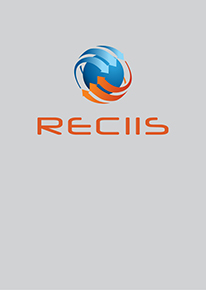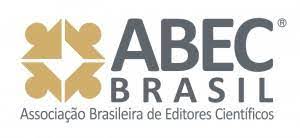Visual representations of dengue in textbooks and printed materials
DOI:
https://doi.org/10.3395/reciis.v7i3.504Keywords:
Dengue, Health education, Visual representation, Textbooks, Printed materials.Abstract
Dengue is an important health condition at both the national level and the international level. Health education is needed to control this disease. The health and education sectors use textbooks and printed materials in their educational initiatives. This study aimed to analyze the visual representations of dengue using a socio-anthropological and theoretical-methodological framework. A total of 262 images were identified: 204 from printed materials collected in Itaboraí (RJ) in 2010/2011 and 58 from nationally distributed textbooks published between 2008 and 2011. The body was represented from a biomedical perspective to address the disease and its symptoms. The disease burden and its social impact were addressed in a subliminal way. There was excessive appreciation of the role of the physician, but endemic disease agents were merely characterized as standard-setting professionals. The population was stereotyped according to age group. The printed materials focused on the dissemination of images about disease prevention and control, particularly chemical control, while the textbooks focused on the disease vectors. The aesthetic of the grotesque was used to represent the vector, namely by means of zoomorphic or vampire-like monsters. In both types of printed materials, the landscape was highlighted; artificial breeding sites of the vector were dogmatically represented while the territory was neglected.Downloads
How to Cite
Issue
Section
License
Author’s rights: The author retains unrestricted rights over his work.
Rights to reuse: Reciis adopts the Creative Commons License, CC BY-NC non-commercial attribution according to the Policy on Open Access to Knowledge by Oswaldo Cruz Foundation. With this license, access, download, copy, print, share, reuse, and distribution of articles is allowed, provided that it is for non-commercial use and with source citation, granting proper authorship credits and reference to Reciis. In such cases, no permission is required from the authors or editors.
Rights of authors’s deposit / self-archiving: The authors are encouraged to deposit the published version, along with the link of their article in Reciis, in institutional repositories.












